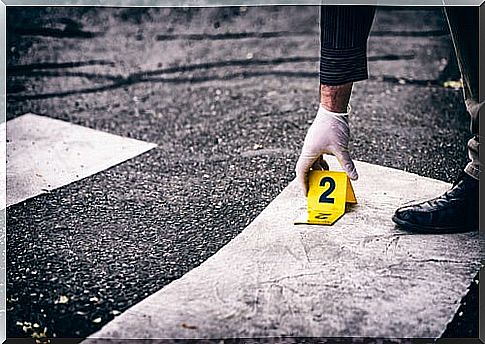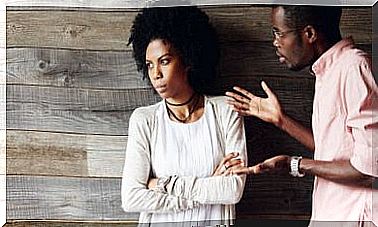Organized Crime: Motives, Opportunities And Functions

Organized crime is understood as a way of committing crimes. These crimes require a certain level of planning and the joint and coordinated participation of several individuals. Thus, we find criminal organizations in the mafia, such as the Italian Camorra, Cosa Nostra and ‘Ndrangheta, or the Italian-American mafia; in the Yakuza and Asian Triads; in the Colombian and Mexican cartels; in the gangs; and in the Russian and Eastern European mafias, among others.
The fundamental attributes of these criminal organizations are the following:
- We speak of a set of individuals or groups of individuals.
- Associated with each other to achieve certain ends and objectives.
- They assume and perform a variety of functions.
- That they operate in a coordinated manner and in accordance with certain rules.
- They act with a certain temporal continuity.
- That they have been created with the purpose of obtaining and accumulating economic benefits by mainly illegal means.

Causes of organized crime
Organized crime needs a methodology to be able to operate ; a performance that in many occasions requires great displays and high confidence among the members of the group: if one fails, the objective can not only move away, but members of the band could end up in jail.
On the other hand, to explain why someone ends up being an active part of organized crime we can talk about three factors that have a very large influence: motives, opportunities and functions.
In order to start or become involved in a criminal organization, there must first be a motivation to do so. In addition, certain conditions and opportunities must be met. If there is no criminal organization nearby, joining one may not be a possibility. Finally, once inside, there must be benefits or functions. If there is no reinforcement or the risk of belonging increases, motivation could decrease or disappear.
Macrosocial factors
There are several theories that have tried to explain the functioning of organized crime taking into account different factors. Speaking of macrosocial factors, we find the hypothesis of state failure and the hypothesis of the failed economy. As their names indicate, these hypotheses suggest that the failure of a state or its economy is what would predict the emergence of organized crime. However, this theory would be incomplete if we consider that organized crime also exists in prosperous and democratic states.
Other macro factors that help to understand the birth of organized crime in a certain region are social changes ; for example, migration can facilitate trafficking or technological advances can lead to new drugs. Also, a criminal environment always generates more crime. There is always someone who wants to take revenge on someone, there is always someone who sees an opportunity to profit by trampling on others.
On the other hand, geographical factors are no less important. For example, the situation in Mexico, located between cocaine-producing countries and a potential market, the United States.
Microsocial factors
Macrosocial factors are important, but micro-socials are also going to play an important role. A country may be a preferred location for the emergence of organized crime, but in the end it is the group that has to shape it. Therefore, factors such as being unable to gain status or the possibility of making a profit are going to be important when we talk about fighting organized crime.
Likewise, groups that feel marginalized can start criminal organizations. Which would be fostered by the lack of control, such as laws that prevent it or security forces that control it. Criminal subcultures are also an important factor. Growing up in a criminal climate will encourage continued crime in adult life. Thus, learning certain skills will be essential. Which is fostered by social relationships with members of criminal organizations, especially when there is trust.

The personality
Finally, personal factors will also play a role. Although most members of criminal organizations are men, gender will not determine joining an organization. Roles within organizations are increasingly shared by men and women. On the other hand, having previously committed a crime or sharing an identity, be it ethnic, cultural, national or regional, with a criminal organization will have a greater influence.
In conclusion, it could be said that there are various access routes to organized crime and, therefore, various profiles of groups that practice organized crime. Regardless of the route, organized crime requires some prior specialization or skill. In addition, this is especially so when we talk about people who occupy high ranks in this type of organization: the group is the first interested in that in each position of the organization chart there is the most suitable person. Finally, point out that another way to enter is the early socialization in a criminal subculture.









